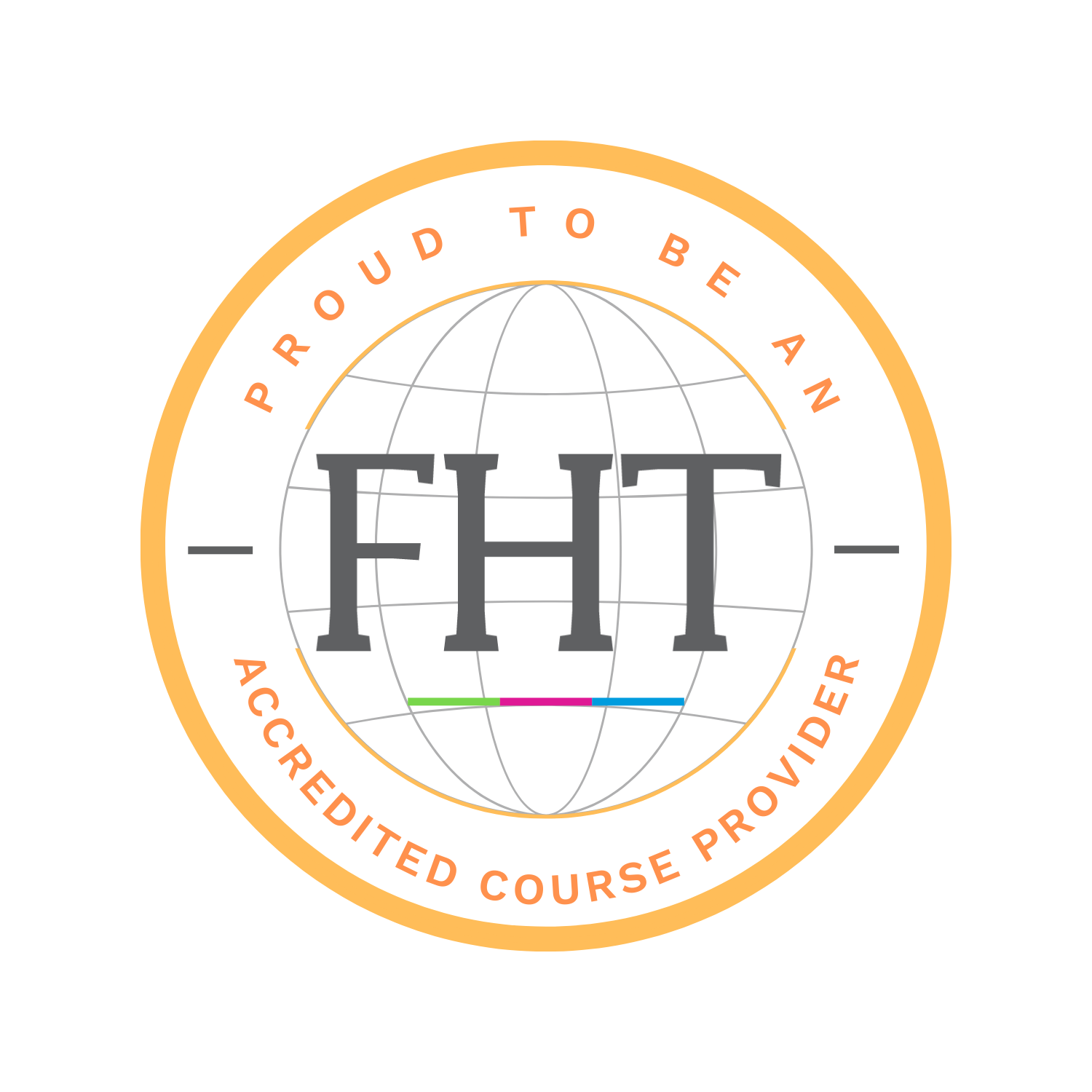Frequently asked questions
Occupational therapists can use acupuncture and dry needling as part of their usual practice after completing our Medical Acupuncture & Dry Needling Foundation Course. Once successfully completed, we ensure that our foundation course delegates can use acupuncture and dry needling as part of their everyday practice safely, confidently and effectively.
Acupuncture can complement occupational therapy by enhancing the overall effectiveness of patient care. Occupational therapists often work with individuals who experience pain, limited mobility, and musculoskeletal discomfort. Acupuncture offers an additional dimension to pain management, providing targeted pain relief and relaxation. It can help patients alleviate discomfort and muscle tension, ultimately enhancing their ability to engage in therapeutic activities and regain functional independence.
Furthermore, acupuncture aligns with the holistic philosophy of occupational therapy, focusing on the interconnectedness of the body and promoting natural healing. The integration of acupuncture into occupational therapy allows therapists to offer a more comprehensive and patient-centred approach. By addressing not only physical symptoms but also emotional well-being, patients can experience a well-rounded and more effective rehabilitation process. This collaborative approach between acupuncture and occupational therapy ultimately supports patients in achieving their goals and improving their quality of life.
Acupuncture and dry needling can offer several benefits when integrated into occupational therapy:
Pain Management: Occupational therapists often work with individuals who experience chronic pain or musculoskeletal discomfort. Acupuncture and dry needling provide additional tools for pain management, offering targeted pain relief and relaxation.
Muscle Relaxation: These techniques can help relax tense muscles, reduce muscle spasms, and improve muscle flexibility, which is crucial for patients looking to regain their full range of motion and function.
Enhanced Healing: Acupuncture and dry needling can enhance blood circulation to injured areas, promoting tissue healing and reducing inflammation, which is essential for faster recovery.
Improved Mobility: By alleviating muscle tension and addressing trigger points, these techniques can help patients regain their mobility and range of motion more quickly.
Complementary Treatment: Acupuncture and dry needling can complement other occupational therapy interventions, such as therapeutic exercises and activities of daily living training, providing a more comprehensive approach to patient care.
Stress Reduction: Occupational therapy can be physically and emotionally demanding for patients. Acupuncture has a calming and stress-reducing effect, helping individuals manage the psychological aspects of their recovery.
By incorporating acupuncture and dry needling into occupational therapy, therapists can provide a more holistic and multifaceted approach to patient care, leading to improved patient outcomes and overall well-being.
Typically, our foundation level acupuncture and dry needling course take occupational therapists around one to two months to complete. The online component of our course can be completed in your own time, at your own pace, whilst the in-person workshop is conducted across three days.
Following the foundation course, occupational therapists may decide to advance their training further through one of our online or in-person CPD training courses. Our popular Advanced Skills in Acupuncture Course comprises an online component, as well as a two day in-person training event.
It is becoming increasingly common for occupational therapists to integrate acupuncture into their practice. The inclusion of acupuncture as a complementary therapy is on the rise within the field of occupational therapy. Occupational therapists are recognising the value of offering their clients a broader range of treatment options, particularly for pain management, muscle relaxation, and overall well-being.
This increasing trend reflects the demand for holistic and patient-centred approaches to occupational therapy. Acupuncture can complement traditional occupational therapy interventions, offering clients additional options for relaxation, pain relief, and enhanced healing. The combined use of both therapies contributes to a more comprehensive and well-rounded approach to client care, ultimately leading to improved client outcomes and satisfaction. Occupational therapists are increasingly incorporating acupuncture into their practice to provide a more holistic and effective approach to client care, addressing both physical and emotional aspects of well-being.

